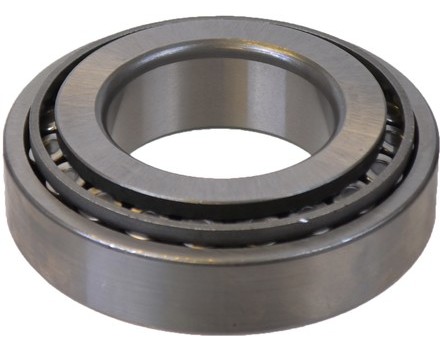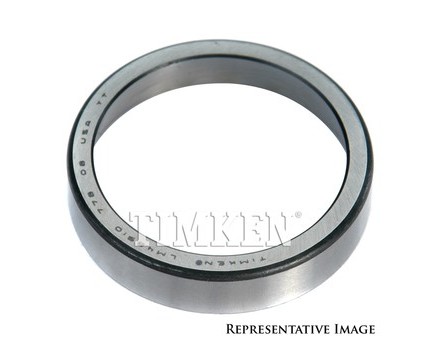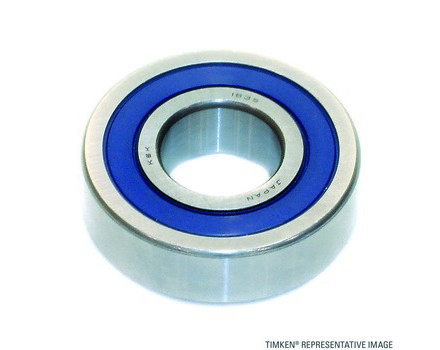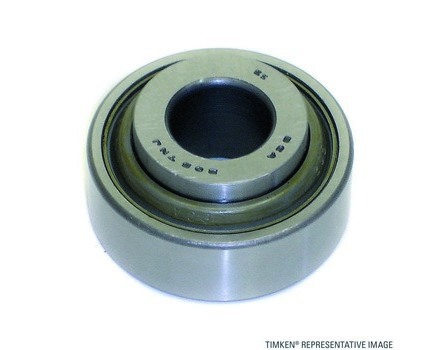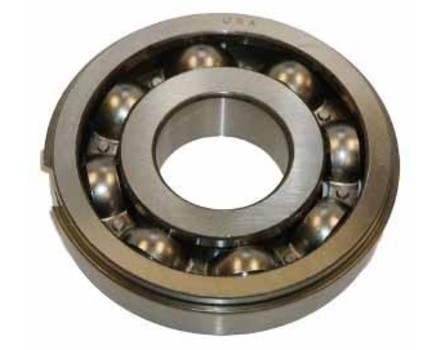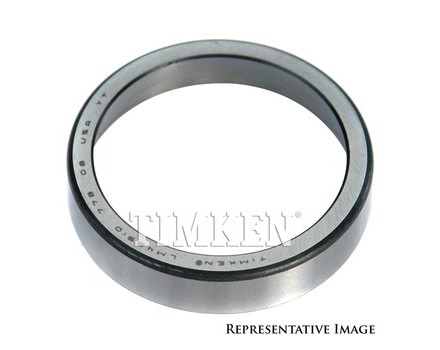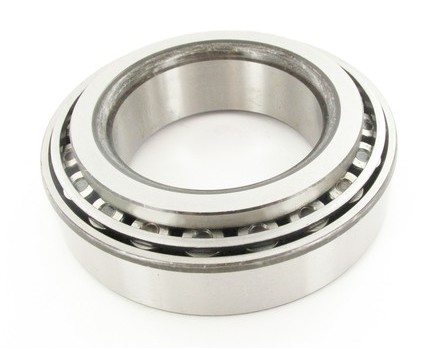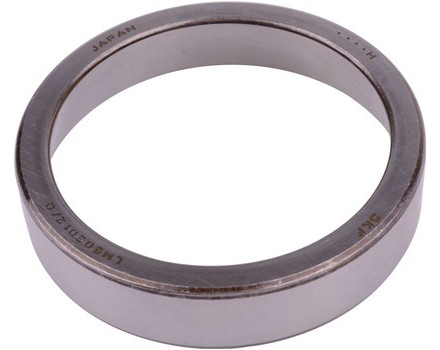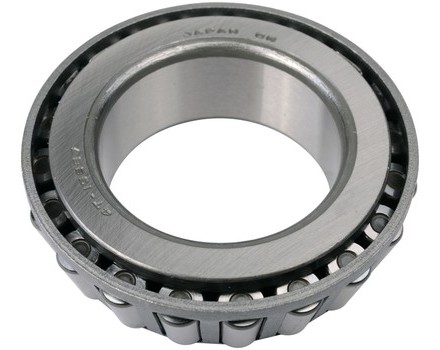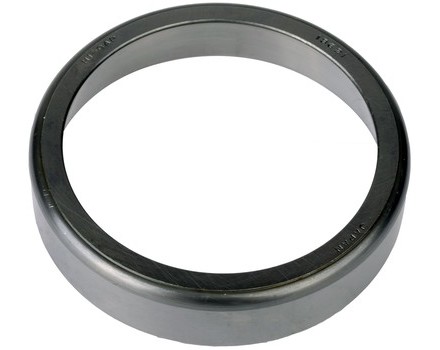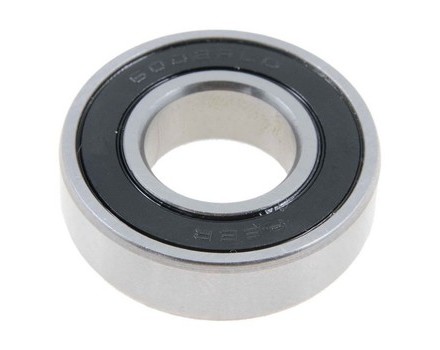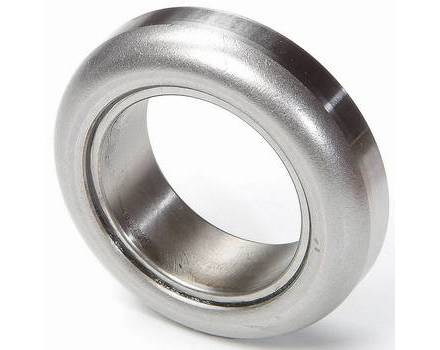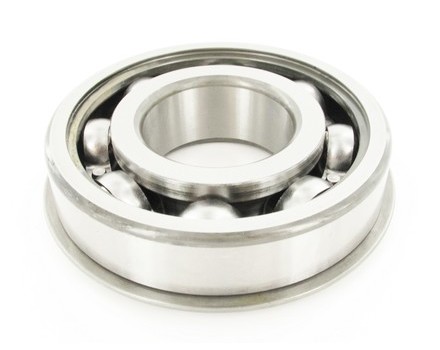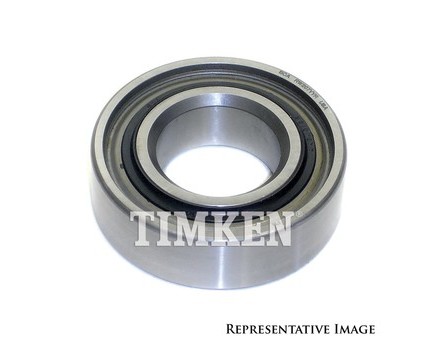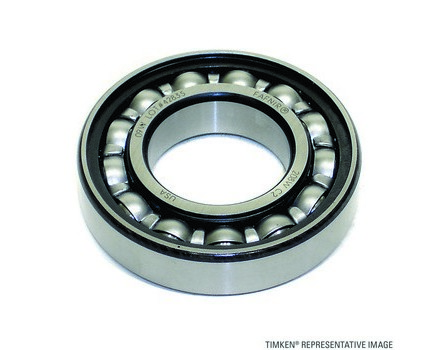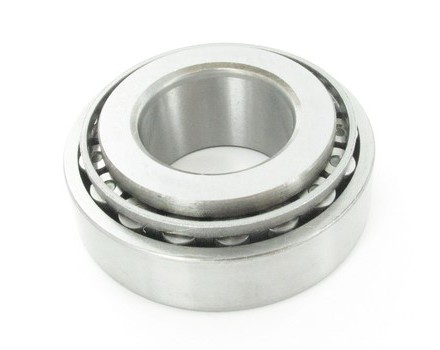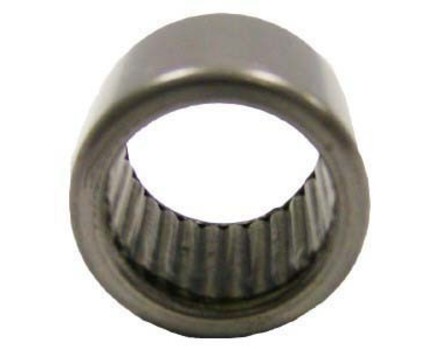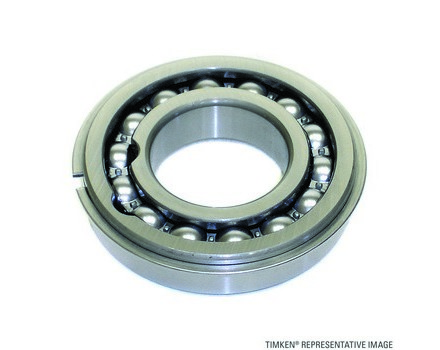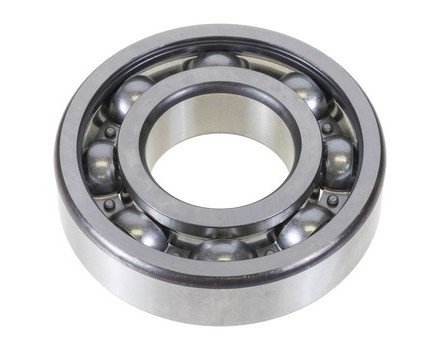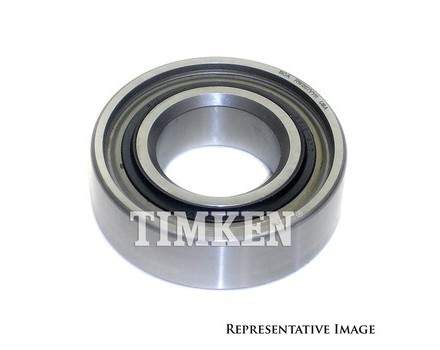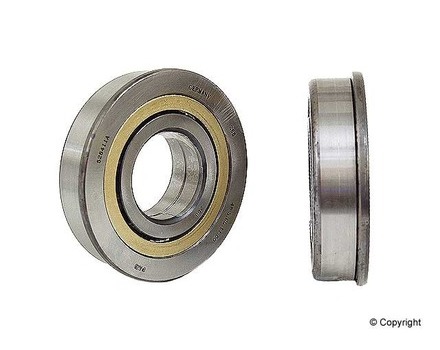Bearings
Filter Options
Important: To get started, click the blue "Filter Options" button to select your vehicle and then use the filters to narrow your options.
Important: To get started, select your vehicle on the left and then use the filters to narrow your options.
What is a bearing?
A bearing is a device that reduces friction between two objects that are in contact and rotate relative to each other. It is usually a metal, steel, or ceramic object.
What is the purpose of a bearing?
The purpose of a bearing is to support a rotating shaft and reduce the friction between the shaft and the surrounding parts. This helps to increase the efficiency of the system and reduce wear and tear on the components.
How can I tell if my bearing is faulty?
Signs of a faulty bearing include increased noise or vibration when the vehicle is in operation, as well as increased heat in the area the bearing is located. Additionally, the bearing may become loose, worn, or corroded.
Can a faulty bearing cause damage to other components in the transmission?
Yes, a faulty bearing can cause damage to other components in the transmission, such as the gears, shafts, and other bearings.
How do I replace a bearing?
1) Disconnect the battery and remove the old bearing.
2) Clean the shaft, housing, and other components where the bearing is to be installed.
3) Install the new bearing and secure it with the appropriate fasteners.
4) Reconnect the battery and check the system for proper operation.
How often should I inspect my transmission's bearings?
It is recommended to inspect the transmission's bearings at least once a year or every 10,000 miles, whichever comes first.
